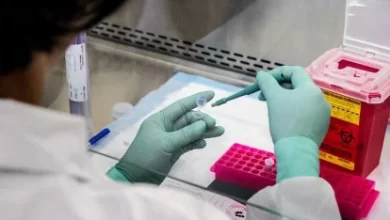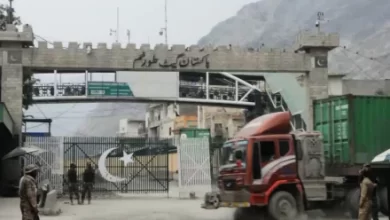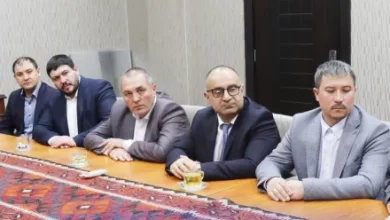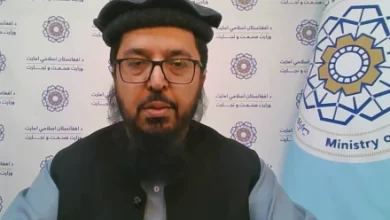Indira Gandhi Hospital Gets New Facilities with Support from WHO, EU
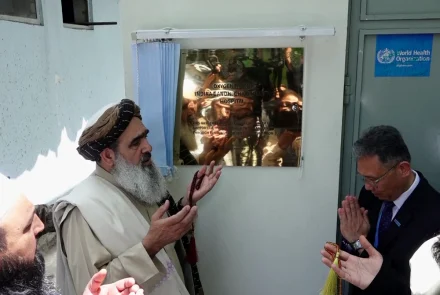
The World Health Organization (WHO) and the European Union, in collaboration with the Ministry of Public Health, have launched three major healthcare projects at the Indira Gandhi Children’s Hospital.
These projects include the establishment of an oxygen production plant, a bronchoscopy unit, and a four-base generator system. They are aimed at improving the hospital’s healthcare services, particularly for critically ill patients requiring intensive care.
Noor Jalal Jalali, acting minister of public health, said: “The ministry is committed to developing primary, secondary, and tertiary health services across all districts in a balanced manner. We are focusing not only on quantity but also on quality. Thanks to the efforts of our health personnel, we will soon be able to offer treatment for obstetric, cardiac, and cancer-related diseases in public healthcare facilities.”
According to the ministry’s spokesperson, the total cost of these three projects is 76 million afghani. With these new facilities, the hospital can now produce 150 oxygen cylinders per day and offer bronchoscopy services to the public.
Sharafat Zaman Amarkhil, spokesperson for the Ministry of Public Health, said: “The total cost is approximately USD 1.065 million, which equals around 76 million afghani.”
“These facilities will directly supply oxygen to 200 patients. As previously noted, this hospital is the only specialized pediatric complex in the country. Hundreds of children visit daily in need of oxygen. With this new machine, that need will be met. The second key addition is the bronchoscopy department, which allows removal of foreign objects from children’s airways,” said Wahdat Alokozai, Head of Therapeutic Medicine at the ministry.
Meanwhile, the head of WHO in Afghanistan reaffirmed the organization’s commitment to supporting Afghanistan, calling these initiatives an investment in the country’s future.
Edwin Ceniza Salvador, WHO Representative in Afghanistan, said: “Before this plant was installed, the hospital had to buy and transport 100 oxygen cylinders every single day to keep up with the patient demand and need. Through this new facility, the hospital can now produce enough oxygen on site to supply 45 ICU beds that will fill 210 cylinders, each with a 40 litre capacity every 24 hours. This not only supports the hospital’s patients, but also assist nearby health facilities when they need so to ensure that the oxygen plant operates.”
Additionally, the Ministry of Public Health announced that new departments for thalassemia treatment and a modern diagnostic center will soon be inaugurated at the hospital.
A budget of over 7 million afghani has been allocated for the renovation, equipment, and procurement of new medical devices for the hospital.
